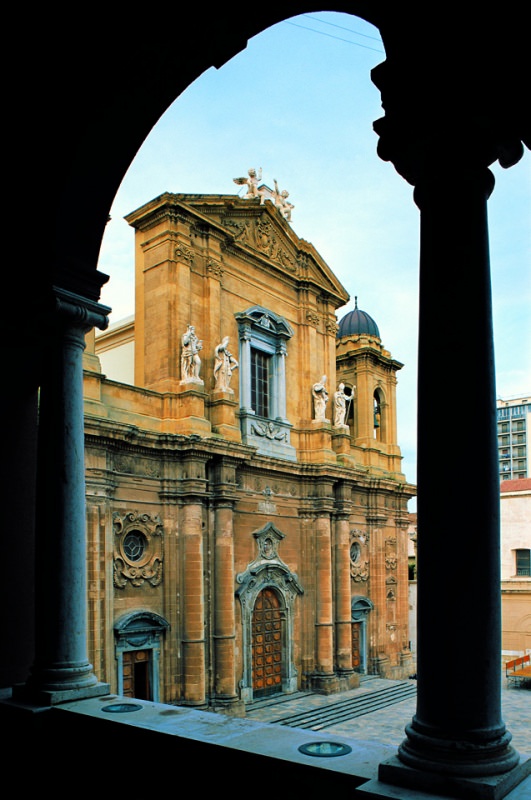Marsala

Its origin dates back to 397 BC, when the Phoenicians inhabitants of Mozia, after his defeat at the hands of Syracuse, took refuge on Cape Lilibeo founded there a city which they called Lilibeo and became the strongest and the last bastion Phoenician power in Sicily. In 241 BC, after repeated and unsuccessful attempts, the Romans were able to conquer it, the city became a Roman province was the office of quaestor and praetor, staying long the most important port of the island. This prominent position was maintained throughout the Middle Ages, until, in the sixteenth century, Charles V built the port to defend the city from the attacks of Barbary. The remedy, however, was worse than the disease, because since then Marsala (who meanwhile had taken this name from the Arabic-Marsa Ali) began inexorably to decay. His name is linked, in Italian history, the landing of Garibaldi, who started the company here that would lead to the unification of the Kingdom of Italy. Most people, however, know it rather as a production of the precious liquor of the same name. The first plants, known as "beams" were built here in 1773 on the initiative of an Englishman, G. Woodhouse. Marsala, in its different varieties, is now known worldwide. The Cathedral, dedicated to St. Thomas of Canterbury, was founded by the Normans and later restructured until the eighteenth century, when it was rebuilt on great form, but remained unfinished. Severely damaged during the last war, it was restored and the facade, previously completed only in the lower order, was completed. Inside is decorated with numerous works gaginesche and scuola.Il treasure of the church is made up of eight large tapestries from the Flemish school of the sixteenth century, donated by Archbishop Lombardo who, in turn, had received them from Philip II of Spain. They measure about 4 feet on each side, and a rich frame of flowers, fruit and allegories, representing episodes of the war of Titus against the Jews. The Thermal Baths are found in the main building of the ancient Lilybaeum, with ruins of other buildings, remains of the walls, the remains of the ancient harbor, cemeteries, ceramics, and various sculptures. Dating back to the III - IV century AD, most probably were part of a huge complex of buildings, as evidenced by the continuous ritrovamentinella surrounding area.
